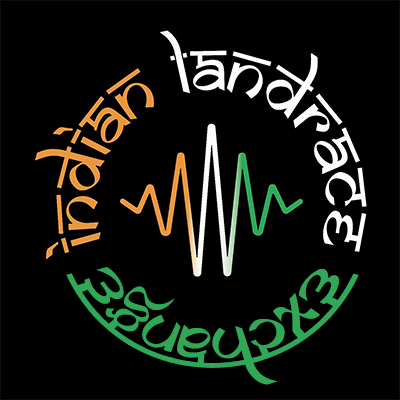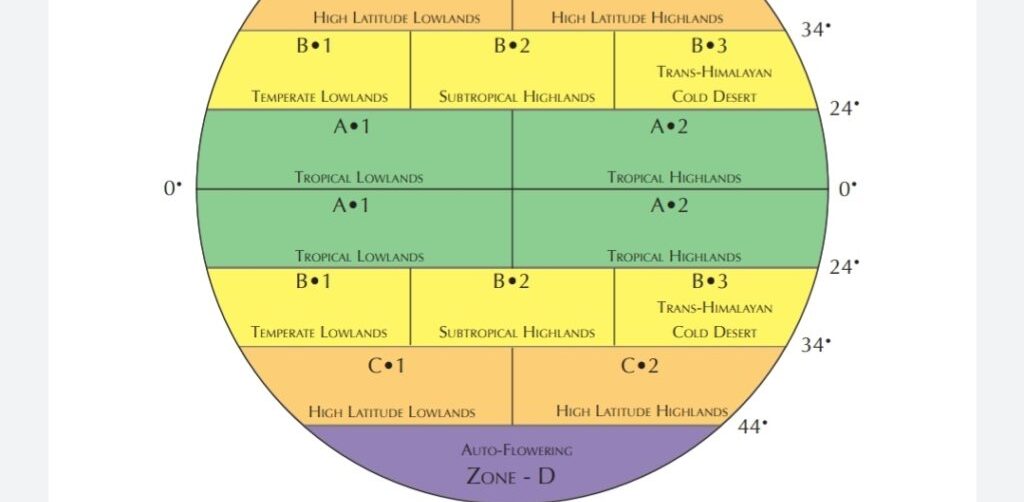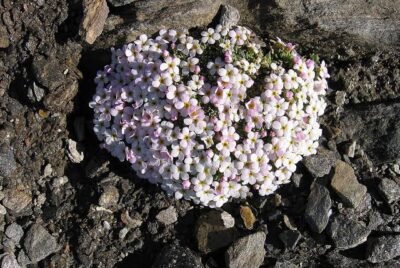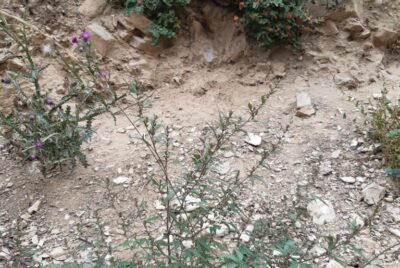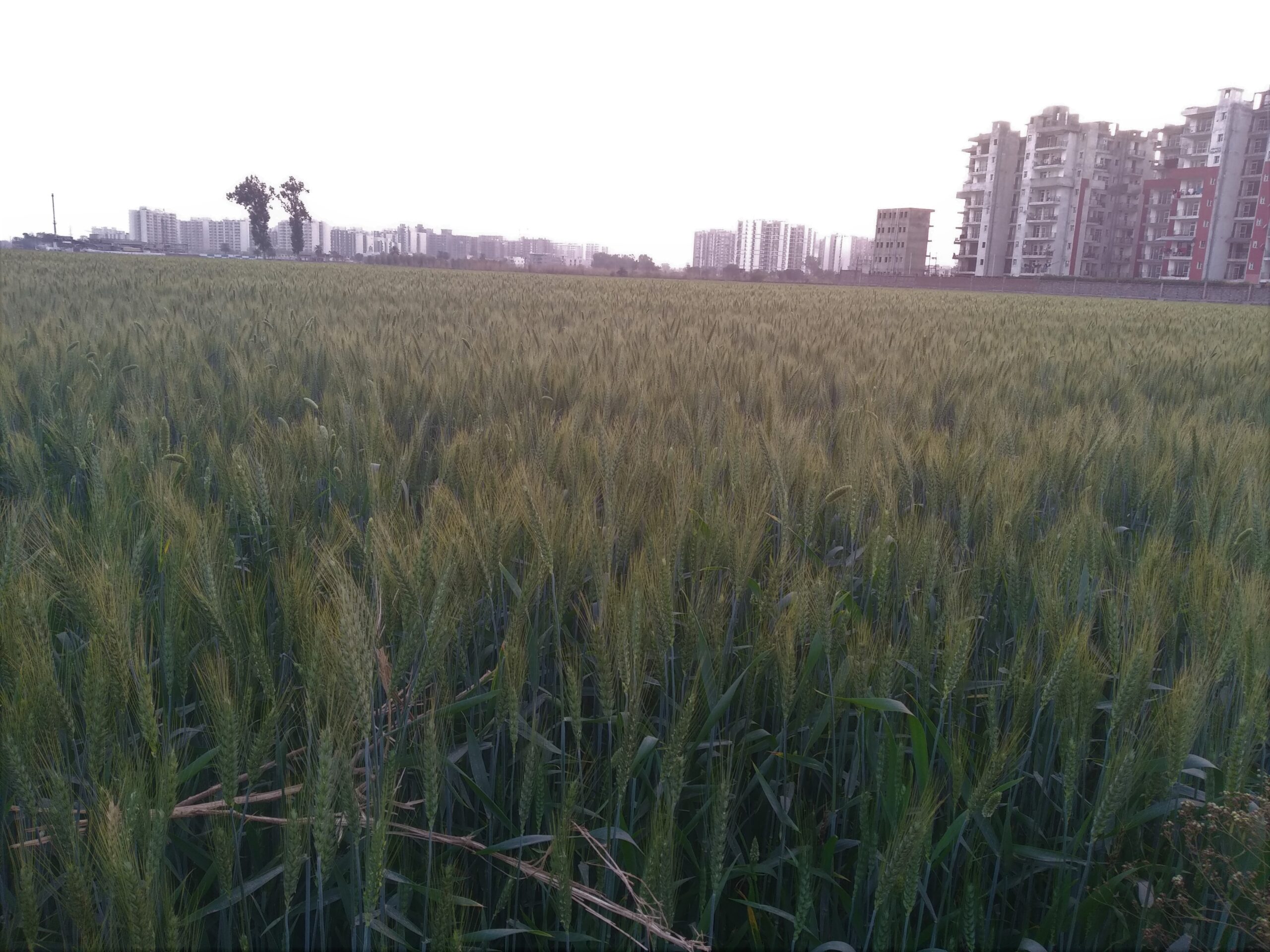1. Introduction Cannabis is a genus of flowering plants, in cannabaceae family and has been classified by different people from a variety of academic Backgrounds. However, the absence of chronologically recorded data about the usage of cannabis in history remains the biggest reason for an almost non-existent archive of Naturally occurring,domesticated or imported/acclimatized Landrace varieties from around the world. It’s fairly easy to find information on Modern Hybridized cannabis cultivars and people who allegedly brought them into existence, However The same isn’t true for the Landrace cannabis populations, therefore it’s not only a privilege but also a humble duty to present the observations by carefully assessing the acquired data from the cannabis hotspots around the world in a clear and concise manner, through the following texts and diagrams.
Cannabis is perhaps one of the most versatile and adaptive plant species on the earth. It’s hard to think of a certain ecological habitat where cannabis isn’t found growing naturally or couldn’t thrive if it were brought there and freely let to acclimatize and subsequently populate itself.
As of today you can find Natural and Traditional Cannabis Habitats around the world where it’s growing in either Primordial or some sort of domesticated state. Human Beings have coexisted with this plant for the longest period in the history, weather it’s the most recent discovery at Tibetan Plateau from millions of year ago or unearthing of a whole cannabis plant with a mummified human being in China, if it tells us anything about this plant; it’s the fact that the human beings have long recognized the importance of this plant and it’s inevitable place in a healthy society.
So, at some point in the future somewhere in the Trans-Himalayan regions, early human settlements started cultivating cannabis in a systematic fashion like other agricultural crops, and similar to all the other living organisms in this world, those cannabis populations taken out of their wild habitat, grew vigorous and robust in the wake of added nutrition overtime and the features began to change gradually as the root systems of these domesticated and regularly fortified cannabis populations grew bigger to absorb and deploy all the extra nutrition at its disposal, by courtesy of human beings.
As a result the the nutrition transport system inside these plants evolved to be vigorous giving rise to stronger upright stalks instead of spindly and much more vein like stalks and stems, that further created a selective pressure amongst the populations to adapt towards a wider surface area of in leaves to capture enough sunlight for the proper utilization of the absorbed nutrients. In simple words, the cannabis for the first time as we knew it, changed in the hands of these early human settlements. What happened after that and how it spread outwards, especially in it’s domesticated form which must have been more desirable to other communities. The incredible utility of this plant which enables it to produce medicine, shelter, clothes, food, etc. had to have played a pivotal role in the swift expansion of cannabis from the High- altitude Trans-Himalayan regions to downwards into north-western Himalayas in India-Nepal and other south east Asian regions, where the concentration of Human settlements was much higher compared to the treacherous Trans-Himalayan climate which is extremely dry and cold with a short season.
The plant morphed and adapted in uncountable ways as it traveled into different cultures and communities around Tibetan plateau or present day autonomous region of china and then to the parts of northern and central Asia like Pakistan, Afghanistan, Uzbekistan, Iran etc. before embarking on a downward campaign all the way till the southeast Asian tropics traversing through the main Himalayan regions like North-Western Himalayas in India and Nepal.
Allegedly, Even making it to some of the European regions without much notice but some weak paleontological evidences presented by “Schultz and Hoffman” in one of their paper’s certainly indicated towards such an extensive westward expansion of cannabis which is largely unrecorded. However, the legal status of this plant has not only deprived millions of people from accessing this natural medicine for years, but has also kept it away from the scientific interest & research for a very long time, and as a result, not many efforts were made to record the naturally occurring cannabis varieties around the world, and in fact a large portion of the history surfaces as the dark ages of cannabis, where it was impossible for someone to fully dedicate his/her life researching about this plant and not become a victim of socio-cultural/political stigma attached to it. South-east Asia and Central Asia have had a fairly long uninterrupted period of casual/cultural and religious use of cannabis, before early 1980’s when these countries gradually started to give-in to the pressure from the United Nations fine tuned with the Brand New american concept of “war on Drugs”, even in countries like India,where people used the plant for important life saving applications such as medicine, food, and even shelter, had their laws changed drastically (1985 NDPS act) and cannabis was soon categorized along with harder drugs such as cocaine and heroin, which were wreaking havoc in western world right around that time. Inked in the ancient Vedas by the Indian scholars are some of the earliest documented accounts of cannabis used as a medicine that goes back to 2000 BCE, and even the people who invaded India couldn’t stay too far from this plant,e.g. the Portuguese who captured Goa in 1510, quickly learned how cannabis played an important role in Indian culture, day to day applications and especially about the narcotic effects of the plant. A glimpse of which can be found in the Notes of Garcia de orta a botanist who wrote about foreign cannabis colonies of Portugal in 1534 in his work “Glossário luso-asiatico”. O bangue é formado por folhas secas e hastes tenras de cânhamo (Cannabis sativa, Lin.) que se fumam o mascam e que embriaga como o ópio. Translation: Bangue (Bhang) is made of dry leaves and tender stems of hemp, which they smoke or chew, and it intoxicates like opium. Even during the British colonial rule in India which lasted over 200 years, in 1894 an extensive study was conducted and a report was published by an Indo-British team known as Indian hemp drugs commission, which pinned down the Physical, psychological and socio-cultural effects of cannabis in India. Similarly, Almost all the other countries based around the ancient silk route, like Pakistan, Afghanistan, China, Tibet etc. had a deep and inseparable human connection with this plant, and to this day, everytime a cannabis fossil is unearthed it’s always related to human settlements using it to their advantage in the form of medicine, food etc.
The origin of the cannabis plant is speculated around the Indo-Chinese plate where present day Tibet is located, this is based on the latest evidence found in June 2019 by a team of researchers. It’s hard to say when and where the first cannabis plant would have transpired in this world, but looking at the natural Landrace distributions around us, it becomes apparent that it must have been somewhere in the Trans-Himalayan mountain ranges.
There are a lot of unanswered or rather unsatisfactorily answered questions around this plant, apart from its origin and they all seem to be centered around the ability of this plant to adapt to different environments and give out an array of expressions dictated by nature and nurture. (gene-environment interaction).
There aren’t many plant species which have been so deeply affected by human presence around them, than cannabis. Almost every aspect of our being has shaped the cannabis populations in miniscule ways to become what it is today. Human impact can be positive and negative or both in respect to various productive expectations from the plant. For Example – in Pakistan the Afridi tribe is one of the many but definitely the biggest tribes to cultivate and produce high quality resin from Tirah valley (Pakistan) and As per the Afridi Tribe the Cannabis plant was brought to Tirah Valley about 100 years ago by a Sufi (saint) from India and since then they’ve been Cultivating it. While, yet another and a major cultural activity giving rise to the incredible diversity in varieties amongst cannabis farmers at Tirah is the seed import culture; importing seeds out of places further eastwards in Afghanistan for faster flowering/domesticated genetics of cannabis growing in Balkh province. The climate and season length of Tirah valley differs greatly compared to Balkh, Afghanistan.
However the imported genetics have amalgamated with the locally adapted varieties over many generations, at the same time the environment has gradually sculpted a number of intermediate expressions suited for Tirah valley, only showcasing a glimpse of the infinite combinations and permutations possible in the cannabis genome. It’s one of the very few places in the world where the Intra-population variation is predicated more because of the nature (Gene) rather than nurture (Environment). In a nutshell, the fact that it’s continually happening in Pakistan gives an indication that most of these human induced changes in the natural progression of cannabis has been utterly beneficial for the cultures working with it.
In Indian Himalayan state Uttrakhand a yet another feat. of human domestication can be seen with the cannabis plant. Where the domestication efforts by the cannabis farmers have single handedly transformed the plant morphology.
The largely disconnected parts of the Himalayan state Uttarakhand have remained self sufficient in their approach in surviving the harsh landscapes and turbulent climate of the western foothills of the Himalayas.
The absence of seamless connectivity to urban parts of the state steered the indigenous tribes to turn to nature for most of their needs, like rope, which is an integral part of everyday life in mountains, In Uttarakhand people often use harvested cannabis stalks. They bundle them up and immerse in a natural water body nearby, after a few weeks they go back to the same spot and simply peel off the epidermis to sundry it later and weave into one of the strongest ropes possible from raw nature.
The selections made by the cannabis farmers in Uttarakhand have always centered around plants with larger and thicker stalks and as a result most of the domesticated cannabis populations in Uttarakhand express a classic “Subtropical Highland” expression with extra bare stalk which has a relatively larger average girth compared to other highland varieties in The Himalayas from similar environment such as Himachal Pradesh and certain parts of Kashmir. Although not all kinds of Human interactions in recent history have yielded positive results for the cannabis plant as a species. A short study performed at Punjab and Haryana (North Indian states) between 2017-2019 provides a good example of how human expanse into the plant habitat has also brought about negative (undesirable) changes in the cannabis populations due to the adaptations in the plants necessary for survival with changing landscapes and environment.
Classification of the various Cannabis species/types/sub-types is perhaps one of the most important yet debated topic amongst various people and groups. While some of the early attempts seems to simply fall short in creating a meaningful distinction yet never really able to encompass the staggering diversity present within the Cannabis genome. We believe that classification of cannabis must be done in such a way that it not only creates a clear linguistic distinction to identify every unique population or variety of cannabis on this planet but also sheds light on the origin of that particular species.
The Classification focuses upon 3 major categories – including Geographical positioning (Latitude & Altitude), Flowering Duration and Human Impact. Which means that by using this classification system, one can instantly draw a broad and comprehensive picture around the important details of a/the Cannabis variety in question. We have attempted to demonstrate the same with the help of a diagram as well which we will study below.
Keynote
The primary and the most important aspect of any organism is to survive and reproduce in nature to subsequently increase population. In all of the cannabis varieties, Flowering duration, plant Morphology and phenology are largely sculpted by the terroir/locale to best fit the habitat through the selective pressure over long periods of time . These qualitative traits can not only be traced and tied to a certain environmental setting but also can be used in classifying the cannabis habitats in terms of the various climate zones, distinct enough from each other to have contributed in shaping the plant populations in a unique way.
However, not all geographical regions where natural or traditional cannabis habitats can be found are as straightforward and easy to categorize, especially in the regions where cannabis has been domesticated using unconventional methods such as importation of cannabis varieties from different regions and introducing them into the local cannabis populations e.g. Pakistan, Tirah Valley. So, keeping the Long and distinguished human impact on the Landrace cannabis populations in mind, we also classified the varieties on the basis of the human impact and their current status as they stand today, which could be – primordial, domesticated, semi domesticated, imported and acclimatized, imported and amalgamated, endangered or extinct.
dWe can divide the the entire planet into 4 distinct and broad Cannabis regions in terms of the Latitude positioning, further subdivided into various geographical regions based on our studies, terroir unique enough for them to be bifurcated on the basis of visible and prolific differences in flowering duration to plant phenology and morphology amongst the cannabis populations. The number of sub divisions within each of the 4 categories is different due to certain parts of the world having more or less geological diversity.
E.g. All the tropical regions between the tropic of Cancer and Capricorn from 0° – 23.5/24° N and S of the equator can be considered as Zone A (Tropics) which can be further sub-divide it into 2 different categories as A.1 Tropical Highlands and A.2 Tropical Lowlands which will allow us to accurately segregate and classify each Cannabis habitats inside these tropical regions. (as shown in Fig. 1.0)
In the tropics the season changes are mild to non existent and the duration of the Day and Night is dictated by how close or near you are to the Equator with 0° Having almost 12/12 year long and the day time duration increases as you move further North or south from the equator. The Cannabis varieties indigenous to these tropical regions feature a long flowering expression which ranges from 14-20 weeks depending upon the altitude from the sea level. Similarly all 4 Zones are further subdivided to identify distinctly different cannabis populations ascribed to a unique terroir. (as shown in Fig. 2.0)
Once we have identified the cannabis region by the virtue of its unique terroir and the corresponding flowering period. The current status of that particular cannabis variety can be attributed to it, such as – Primordial, domesticated, imported and acclimatized etc. By taking a cannabis variety through all of the above parameters we can ascertain the correct vernacular as well, which is discussed in the diagram 3.0



